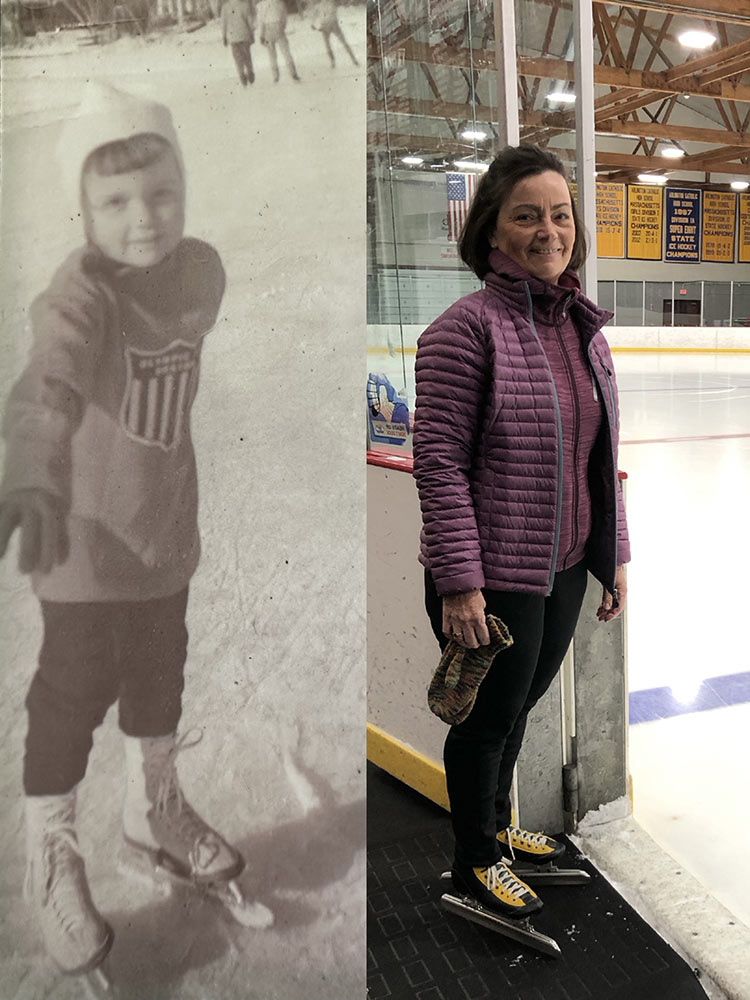-
- Find Care
-
- Visitor Information
- Find a Location
- Shuttles
- Visitor Policies
-
-
- Our Virtual Care Options
- Virtual Urgent Care
- Virtual Visits for Primary & Specialty Care
- Online Second Opinions
- Participate in Research
-
- Contact us
-
- For Innovators
- Commercialization Guide for Innovators
-
-
- Research News
- Alzheimer's Disease
- Artificial Intelligence
-
- Overview
-
- Overview
- Getting Started
- New to Mass General Brigham
- International Patient Services
- What Is Patient Gateway?
- Planning Your Visit
- Find a Doctor (opens link in new tab)
- Appointments
- Patient Resources
- Health & Wellness
- Flu, COVID-19, & RSV
- Billing & Insurance
- Financial Assistance
- Medicare and MassHealth ACOs
- Participate in Research
- Educational Resources
- Visitor Information
- Find a Location
- Shuttles
- Visitor Policies
- Find Care
-
- Overview
- Our Virtual Care Options
- Virtual Urgent Care
- Virtual Visits for Primary & Specialty Care
- Online Second Opinions
-
- Overview
- Participate in Research
-
- Overview
- About Innovation
- About
- Team
- News
- For Industry
- Venture Capital and Investments
- World Medical Innovation Forum (opens link in new tab)
- Featured Licensing Opportunities
- For Innovators
- Commercialization Guide for Innovators
- Contact us
-
- Overview
- Information for Researchers
- Compliance Office
- Research Cores
- Clinical Trials
- Advisory Services
- Featured Research
- Two Centuries of Breakthroughs
- Advances in Motion (opens link in new tab)
- Brigham on a Mission (opens link in new tab)
- Gene and Cell Therapy Institute
- Research News
- Alzheimer's Disease
- Artificial Intelligence
-
- Overview
-
- Overview
- Residency & fellowship programs
- Brigham and Women's Hospital
- Massachusetts General Hospital
- Mass Eye and Ear
- Newton-Wellesley Hospital
- Salem Hospital
- Integrated Mass General Brigham Programs
- Centers of Expertise
- Global & Community Health
- Health Policy & Management
- Healthcare Quality & Patient Safey
- Medical Education
- For trainees
- Prospective trainees
- Incoming trainees
- Current trainees
- Continuing Professional Development
Lynn’s Story: New Hips Bring a Speed Skater Back to the Ice
 Salem Hospital joint replacement patient Lynn Whitney is back to skating after having both hips replaced.
Salem Hospital joint replacement patient Lynn Whitney is back to skating after having both hips replaced.
Less than a year after having her second hip replaced, Lynn Whitney is back on the move in a big way. Historically a very active person, Lynn loves skiing, kayaking, and water sports. In childhood she also developed a lifelong love of ice skating — at first as a competitive speed skater.
Lynn hasn’t really been an actual speed skater for some time, but she says she still has a bit of the instinct.
“When I learned to skate, I learned on speed skates, and I've been skating on them since I was 3 years old. And I did race when I was a child, up until I was 13. But I never stopped skating.”
It was over a 3-to-5-year period that Lynn, now 68, began to seek help for the increasingly debilitating pain she’d been living with, having been diagnosed with osteoarthritis in both her hips and knees. She met with Charles Carrier, MD, a Mass General Brigham orthopaedic surgeon in the North Shore Physicians’ Group at Salem Hospital. Lynn’s daughter, Kendra Bird, a Mass General Brigham employee, helped her to find the care she needed.
A candidate for hip replacement surgery
Dr. Carrier identified Lynn as an appropriate candidate for joint replacement by performing a thorough physical exam, reviewing her imaging, and learning about the impact of pain on her quality of life.
“I look at the radiographs and explain that they do demonstrate significant arthritis, but that’s just part of the discussion. The physical exams are more important, to confirm that a patient’s pain is actually coming from the arthritis. Our discussion helps me to understand how their pain and loss of mobility are affecting their quality of life.”
If a patient has tried non-surgical management including physical therapy, anti-inflammatories, and injections and they continue to have an unacceptable level of pain and/or limited function, then Dr. Carrier talks with them about joint replacement.
“Lynn’s history of pain and attempted treatments fit the profile,” he says. “Together we decided that surgery was her best option. She had her first hip replaced in June of 2022, and her second only 4 months later, in October.”
Hip replacement can take pressure off of knees
Advances in joint replacement treatment
Dr. Carrier says that joint replacement surgery has become remarkably safe in recent decades with modern surgical techniques, medications, and anesthesia — so much so that patients often go home the same day as surgery.
“It's been a dramatic shift from a decade ago when people would be in the hospital for a week,” he says.
Dr. Carrier also emphasizes that advances in the material science used to make modern joint replacements — some of which was developed at Mass General Brigham — has dramatically improved the longevity of implants. He can now confidently tell patients that their joint replacements should last at least 20 to 30 years, and maybe longer.
“Patients and surgeons used to try to hold off as long as possible for fear that the implants would wear out, forcing them to undergo an additional surgery,” he says. “With modern implants, that concern has gone away.”
To set expectations for recovery, Dr. Carrier often tells recipients of joint replacements that by 2 to 4 weeks, patients generally feel really good. “By 6 weeks, they are doing most of the activities that they want to be doing,” he says. “They continue to work with PT, and by 3 months, I expect people to be able to do anything they want to do.”
For Lynn Whitney, the reality has lived up remarkably to the promise.


